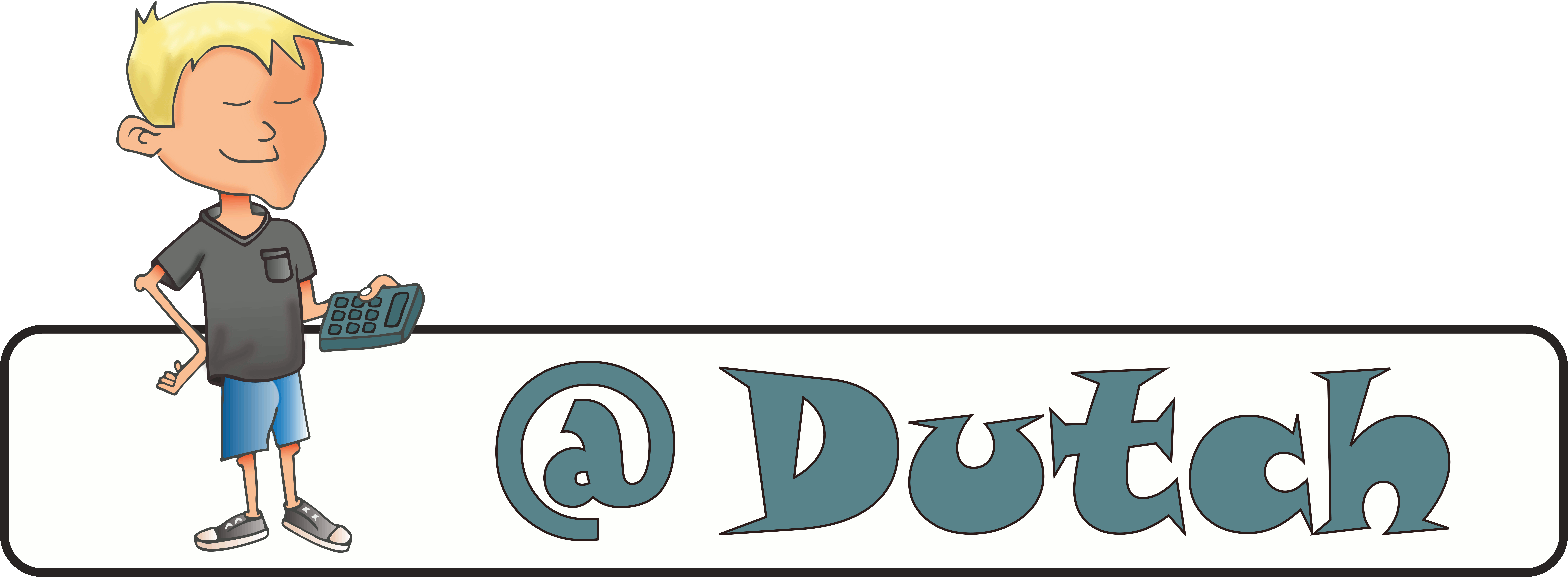
BOINC (Berkeley Open Infrastructure for Network Computing) is an open source software platform authored at UC Berkeley way back in 2002. It was originally intended to aid the SETI@Home project, which analyses signals from space to search for extraterrestrial life, by distributing its compute jobs to volunteers all over the globe. However, the project grew exponentially and has since also acted as the distribution platform for many other research projects from all over the globe. Topics have included protein folding, cancer marker analysis, searching for primes, mapping the Milky Way, data analysis for the Large Hadron Collider near Geneva, and many others. Since its release, hundreds of thousands of volunteers have set their computers to contribute their idle clock cycles to this colossal research grid, resulting in many scientific breakthroughs and academic papers.
In an effort to reconnect the BOINC community with the SETI@Home project, and familiarise new users with what they are actually contributing to, I would like to share some SETI@Home media covering the Breakthrough Listen project. All the radio telescope data generated here is analysed by SETI@Home volunteers through the BOINC platform.
This is a July 13 2017 interview of Green Bank Scientist Ryan Lynch by Steve Croft. It covers a lot of the interesting and otherworldly challenges of maintaining, and living near, the colossal Green Bank array used to capture signals from space:
In case you would like to take a closer view at the telescope, here is a virtual 360 degree tour in 8k (yes, 8k!) of the Green Bank Telescope. Meet some of the staff and get a better understanding of what you are contributing to running BOINC:
If you are not already contributing to BOINC, you can get involved here. The total time to get set up is about 5 minutes from start to finish, and leaves the decision of what research to contribute to entirely up to you. There is a list to help you make a selection. Once installed, BOINC will use the idle cycles of your computer's CPU and GPU to contribute to the scientific fields you selected. If you make any significant discoveries, some projects will name you as co-author on their academic papers.
In case you would like to recover your operating costs and make some money on the side, there is a mutually beneficial harmony between the cryptocurrency Gridcoin and the BOINC network. Gridcoin rewards users for their contribution to BOINC based on the amount compute they contribute. If you would like to get involved, you can start here.
You could be the one who discovers alien life - stop fluffing around!

It would be an absurdly exorbitant dissipation if we humans were the only beings in the universe.
- Carl Sagan
Image credit, in order of appearance:
SETI@Home, Digitalocean

Voted & Followed your account
Thanks Again@moisesmcardona Thanks You ;) wish you the same & help me through your vote @funnystuff
Cool!
Thanks for reminding me of SETI @ Home and the cryptocurrency connection via Gridcoin; I contributed many years ago, but was not aware of Gridcoin until your post.
Cheers!